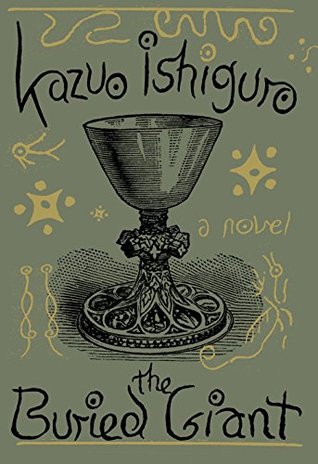Winter 2014-15 has been one of the most challenging we’ve had here in the NE corner of North America. Atlantic Canada and US have been pummelled by snow, blizzardly snow and by March even the most-hardened of optimists had stopped regaling us with their memories of winters past. And, to really bend the mind, it’s also been the warmest winter on record globally. Too bad we don’t live life in the averages or the picture my dear friend sent from California of an 82°F sunny day in San Francisco would have cheered me up.
I wish I could also say this winter has been a call to deepen my practice by turning towards that Great Matter that hangs around like an optimistic stray which thinks you’ve only forgotten to feed it this time. In one way, I have actually committed to a more consistent practice by sitting everyday. But I must confess, it’s only by virtue of greed and clinging that I’ve managed that. You see, the Insight Timer gives its users a little yellow star – one for every 10 days with a session – and you even get a green star after a bunch of these sessions. I don’t know how the “50 days with a session” star system works. It’s cheesy, I know, I know! But it gets my butt to zafu and that’s really all that matters in the matters of the Great Matter.
Or not really. A couple of days ago I came across a Facebook post by the glossy magazine Mindful quoting ABC anchor Dan Harris (him of his book 10% Happier – which I thought was quite funny except that he never really copped to his drug addiction). Harris’ comment was excerpted from an interview with Charlie Rose: “I think meditation can be anything you pay attention to. I just think you need a couple of minutes a day of formal practice in order to really get it.”
Just think. Well, I could be paying attention to my Miss Vickie’s potato chips which I munch each day with the same dedication as my butt-to-zafu commitment. It takes less time – only a couple of minutes because they’re the mini packs – and I’m likely to get it! Of course, I do want to be fair because Harris doesn’t say what kind of attention or what the “it” is we would get, really. Would it be much different from the “sudden enlightenment” proponents of Zen, for example. Nah. For me, I do believe all I’ll get from my addiction to crispy, oily snacks would be another cardiac “event” or a different outcome to that couple of minutes of vertigo last night.
That Great Matter again, dammit.
Harris’ comments on practice are not unusual and quite apparent both in his book, subsequent interviews and co-hostings with his new-found pals who are meditation teachers. They are much like the aphorisms we throw out in the heart of winter when our brain freezes over and we regress to magical thinking. In our Zen group last evening, I asked why we practice. The answers were the typical round of “being,” “the present moment,” “here and now” and all the other catchy phrases we think great teachers are pointing to. It’s rare to push past that mind-muffling stage into the real question: What is it in the present moment that we are practicing?
 Kazuo Ishiguro’s new book The Buried Giant offers a piercing metaphor of what happens when we fall into a fog of forgetfulness. The inhabitants of the mythic land of post-Arthurian Britain live without awareness of their history or their relationships to each other except in the most rudimentary ways. They function quite well and feel safe in those wrappings of unremembered purpose. It serves to silence the competitiveness, the hatreds, the need for revenge and recompense. It also stops all process of forgiveness and growth. Our practice gets this way. And we fall prey to the quick sound bytes of shiny objects, characters and promises.
Kazuo Ishiguro’s new book The Buried Giant offers a piercing metaphor of what happens when we fall into a fog of forgetfulness. The inhabitants of the mythic land of post-Arthurian Britain live without awareness of their history or their relationships to each other except in the most rudimentary ways. They function quite well and feel safe in those wrappings of unremembered purpose. It serves to silence the competitiveness, the hatreds, the need for revenge and recompense. It also stops all process of forgiveness and growth. Our practice gets this way. And we fall prey to the quick sound bytes of shiny objects, characters and promises.
We think this is practice. And that’s the poison – we think. And we go no further.
What are the great teachers pointing to then with their commentaries of being, present moment, here and now? The same thing climate change, societal upheaval and our anxiety are pointing to: You don’t have the time you think; you only have the time you practice. And it’s going to take more than a couple of minutes paying attention to make a real practice of the Great Matter.






